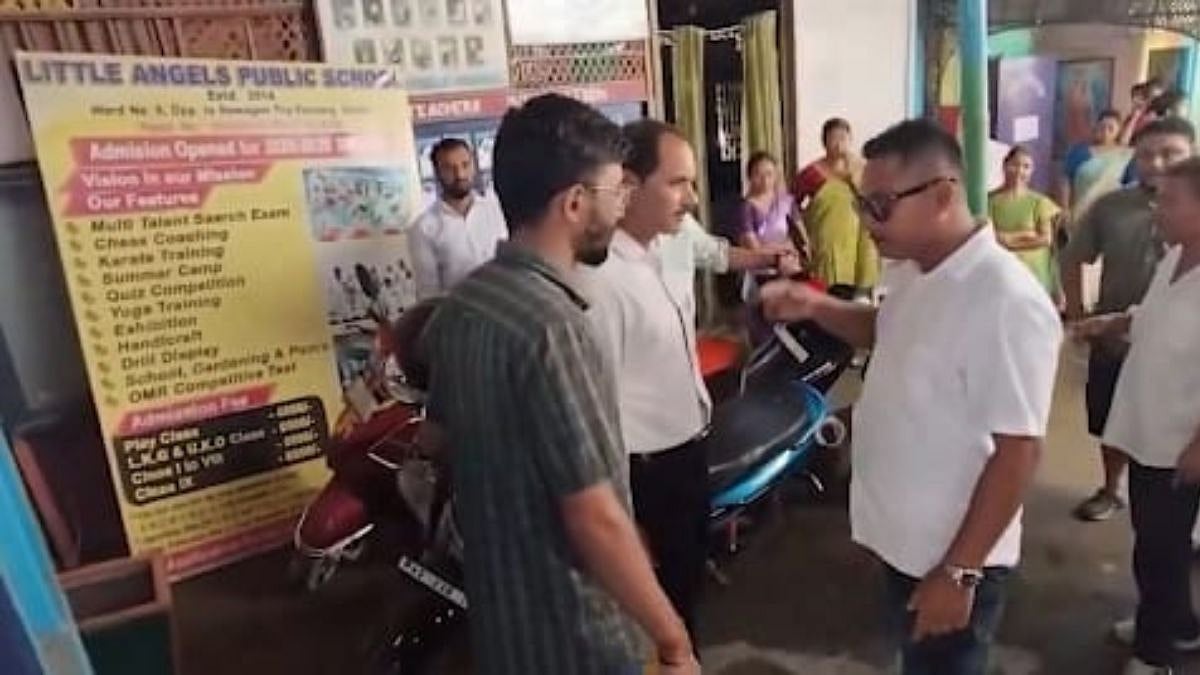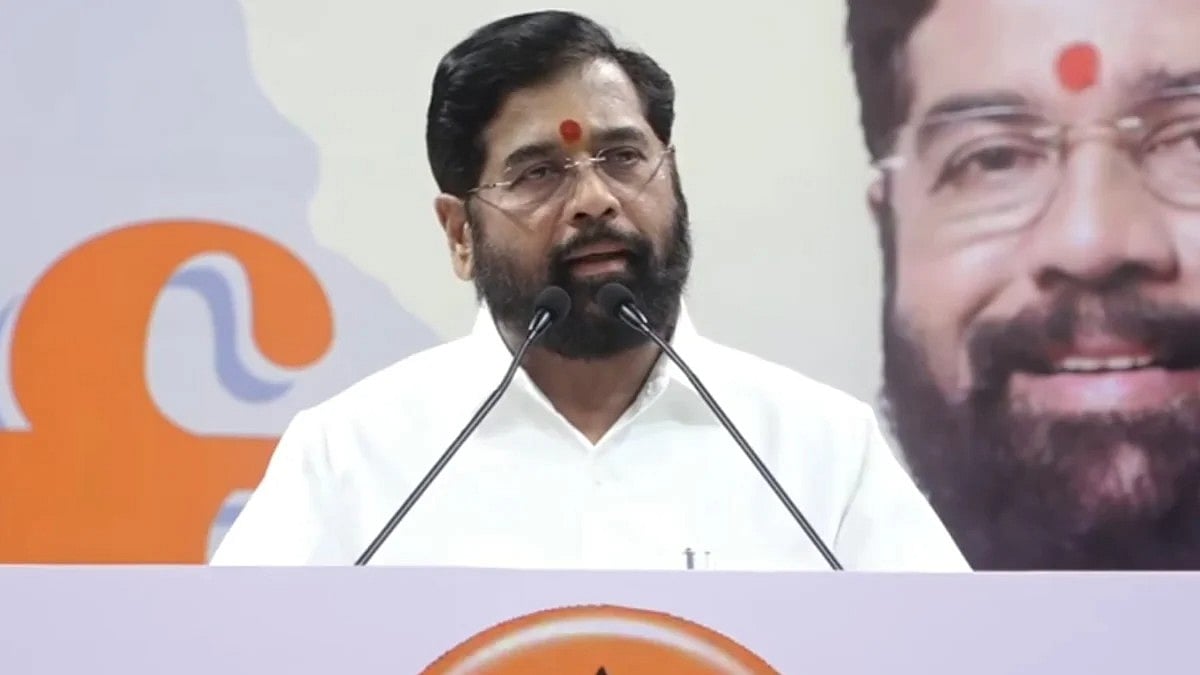Recent catastrophes such as the Wayanad landslides and flash floods have been described as natural disasters, but is that really accurate? It’s probably closer to the truth to call them manmade disasters, given that several warnings and recommendations were given regarding activities in the ecologically sensitive Western Ghats.
Often we consider environmental activists as overzealous ‘andolan jeevis’ who want to oppose development, but the devastation and human loss that has resulted from ignoring the alarm bells are painful to see. To discuss this issue, we spoke to environmental activist Stalin Dayanand, director of the NGO Vanashakti, who explains that development is not one size fits all. Special areas have to be demarcated for specific activities, whether it is tourism, mining, or plantations.
Excerpts from an interview conducted by Anushka Jagtiani.
Would you classify the Wayanad landslides as a natural disaster or manmade? It’s a natural disaster definitely but aggravated three times over by people who live in that area. Very ironical that it has happened in Wayanad, which is in one of India’s most literate states, Kerala. The rubber plantation guys, the loggers, quarry guys, the excavators, all came together and created such a ruckus, saying, ‘No, we don’t want this ecologically sensitive area status. We want development.’ Now development, if you ask me, is not one size fits all.

How should more mindful development take place? You need to have different types of developments in different geographical zones. For example, you can’t say that I’m going to build a huge estate inside a rainforest and grow crops inside that. It doesn’t make any sense. Or you shouldn’t be excavating mountains in the Himalayas. Those are fragile areas, they have a certain ecological value, a biodiversity value.
The part of the Western Ghats that was flattened by the landslide, known as Vythiri takula, should have been classified as an ecosensitive zone as per the Gadgil report, but it wasn’t. What impact did indiscriminate development have?
So much of the forests got denuded for rubber plantations. Some went for excavation and construction. What happens is there’s a natural flow of water. When the rain falls it flows down the mountain and goes into different rivulets and streams. All of them converge at a certain point and form a tributary, which again converges and forms a river. So it’s a chain. What happens when you make houses, etc, you build walls on what you think is a very minor stream. You think the water will divert and go from another side. it doesn’t happen that way. You cannot tamper with the natural drainage pattern of any area. One of the villages in Wayanad had 150 tourist hotels. Every place in the world has a carrying capacity. It’s like a death wish that we want to perforate all the areas and destroy them. We cannot call this development.









